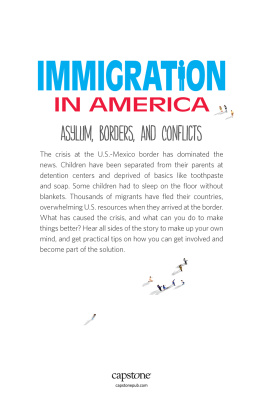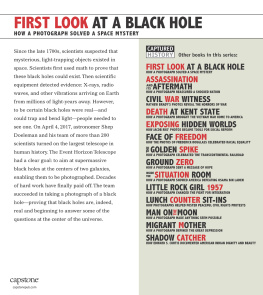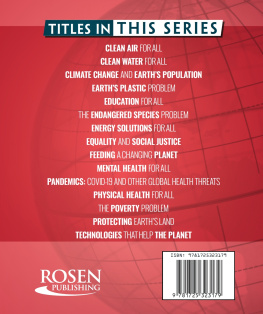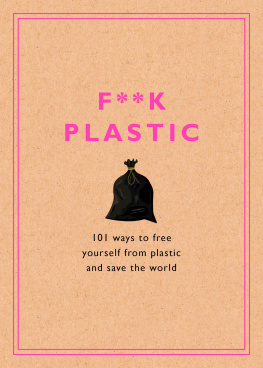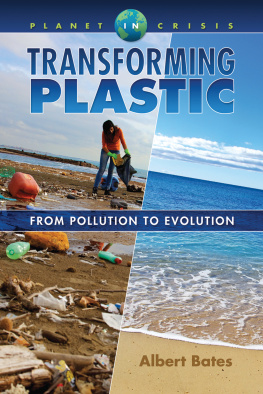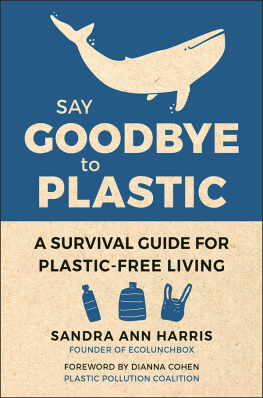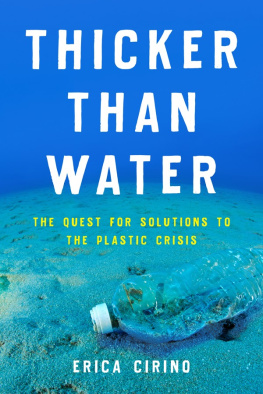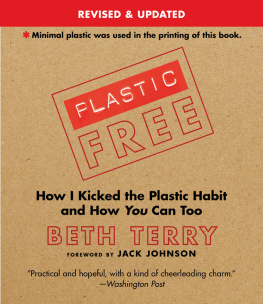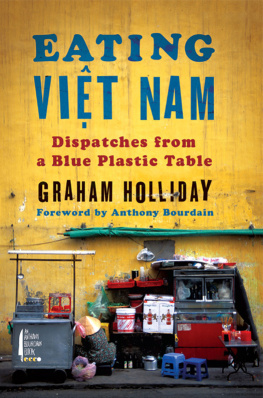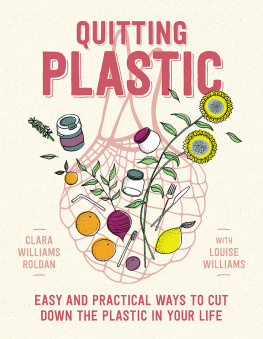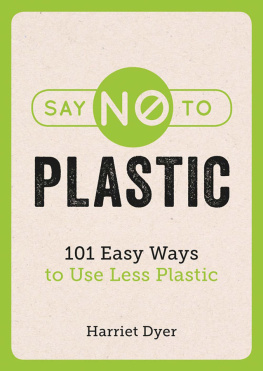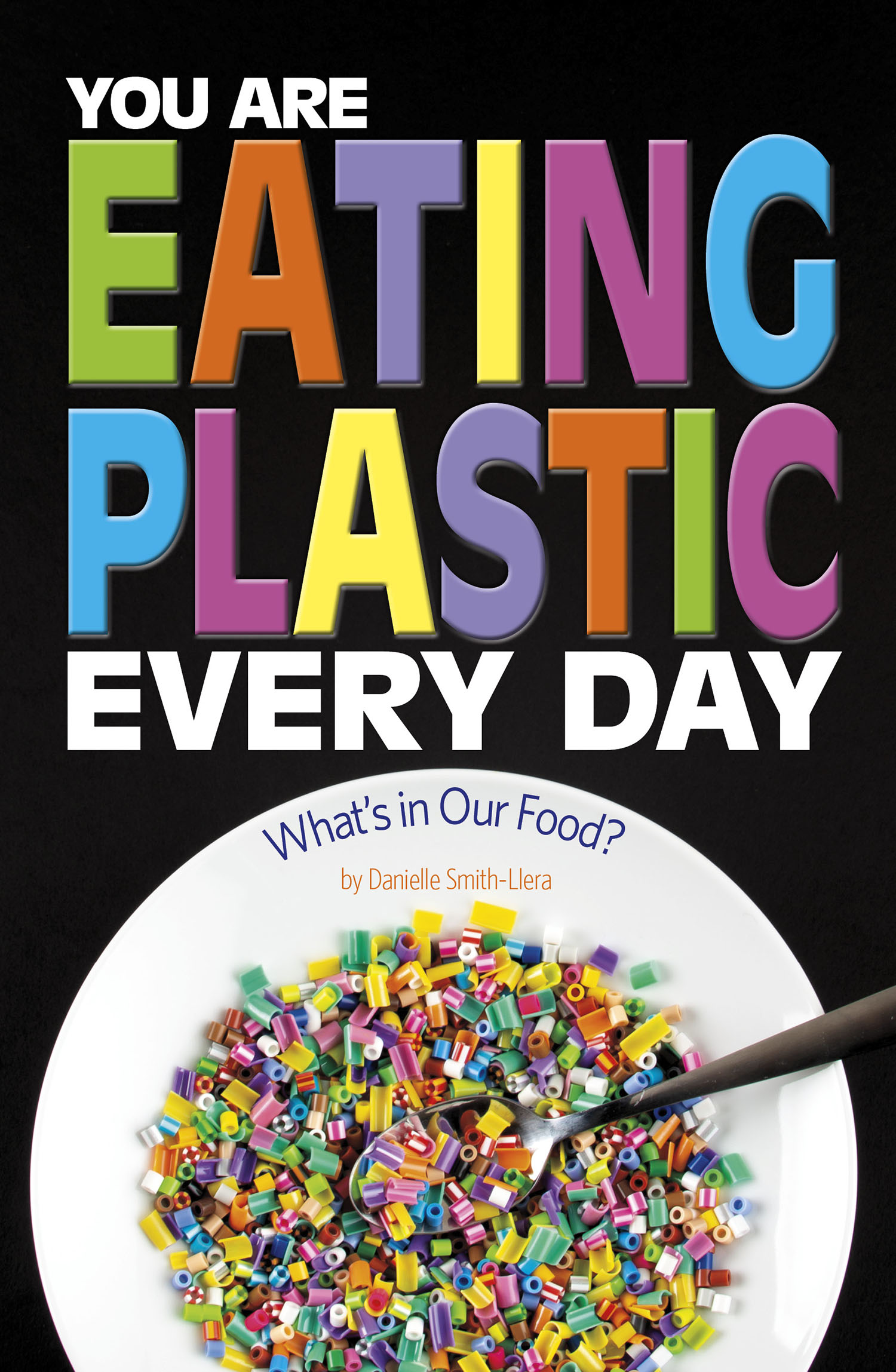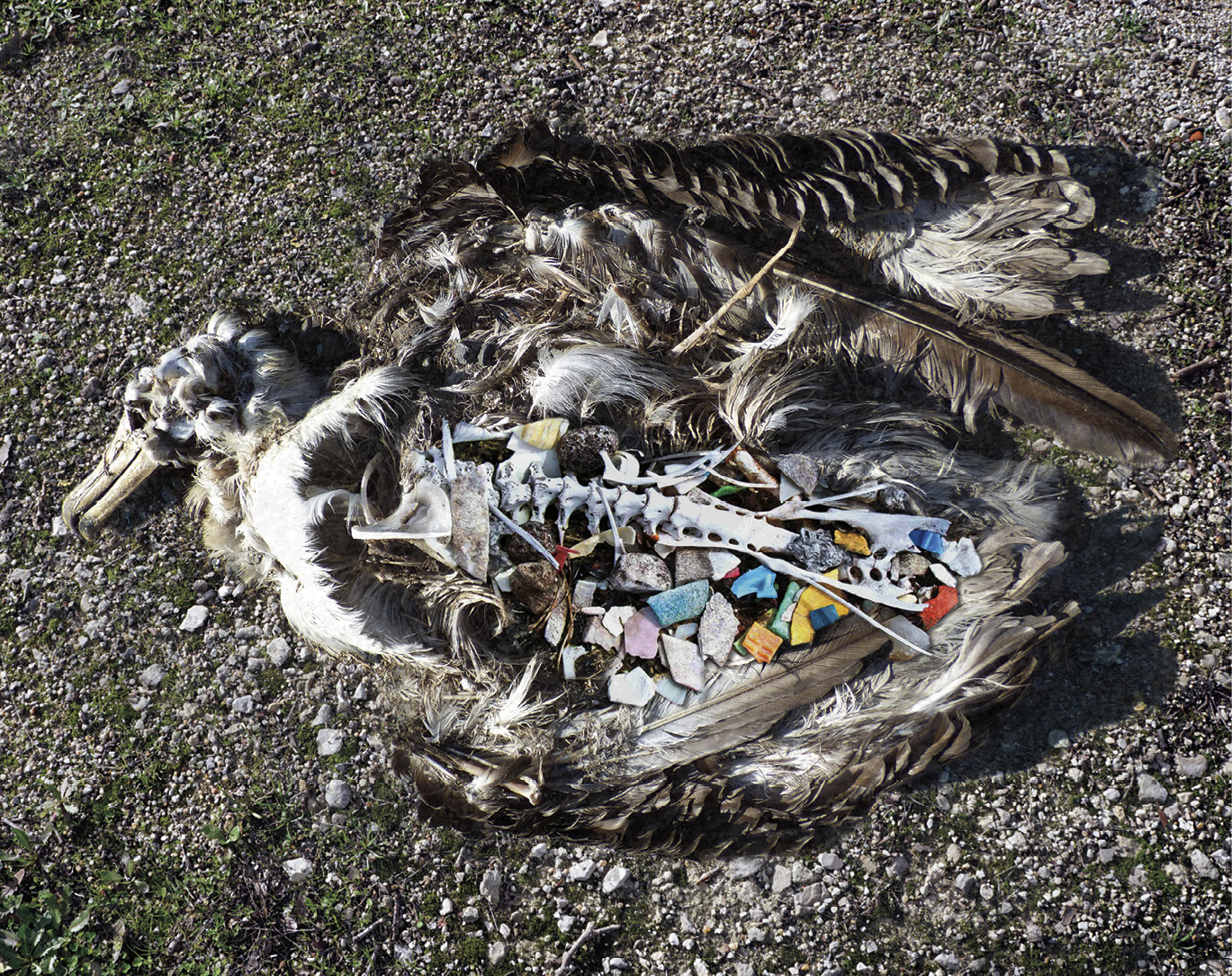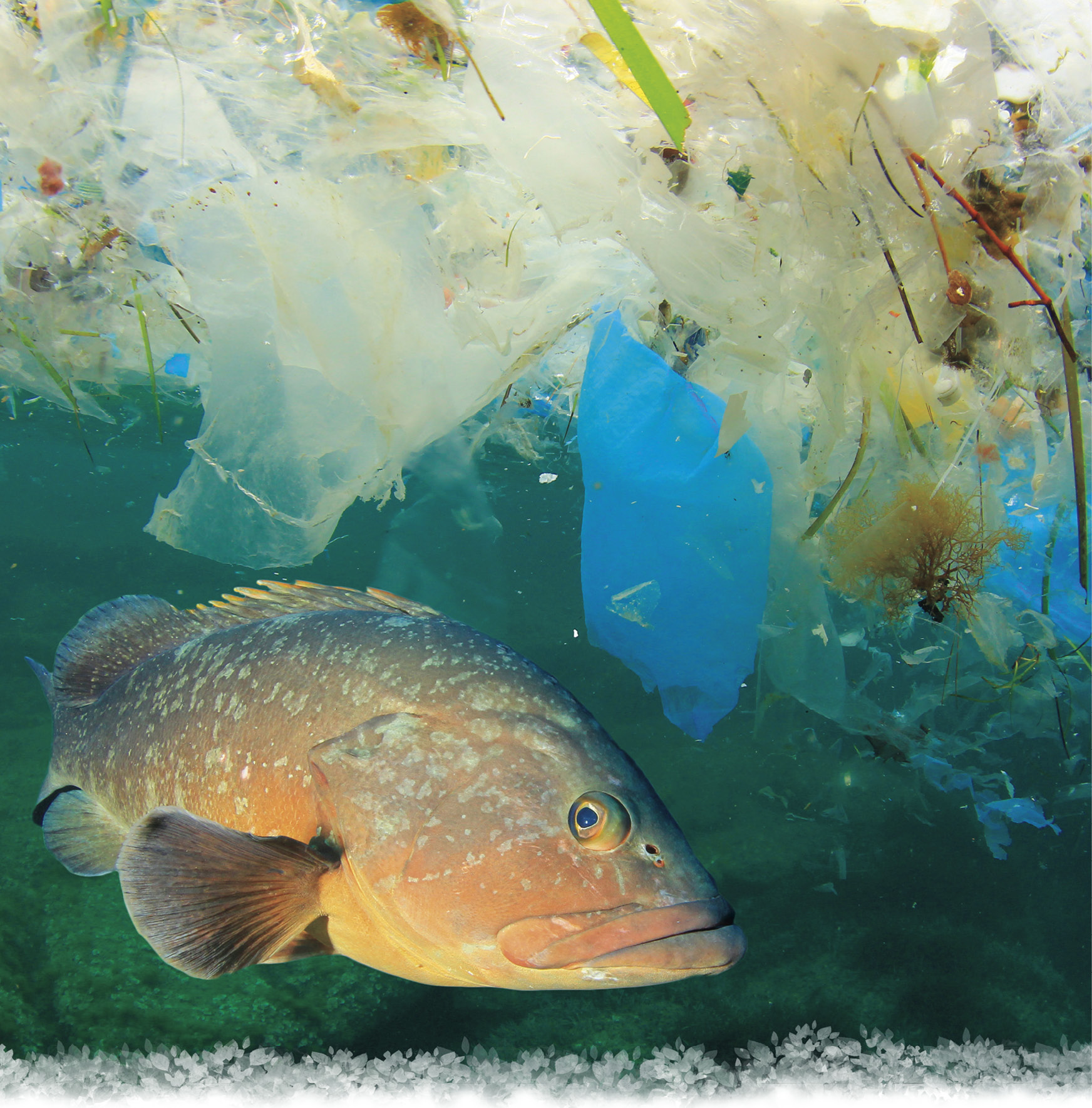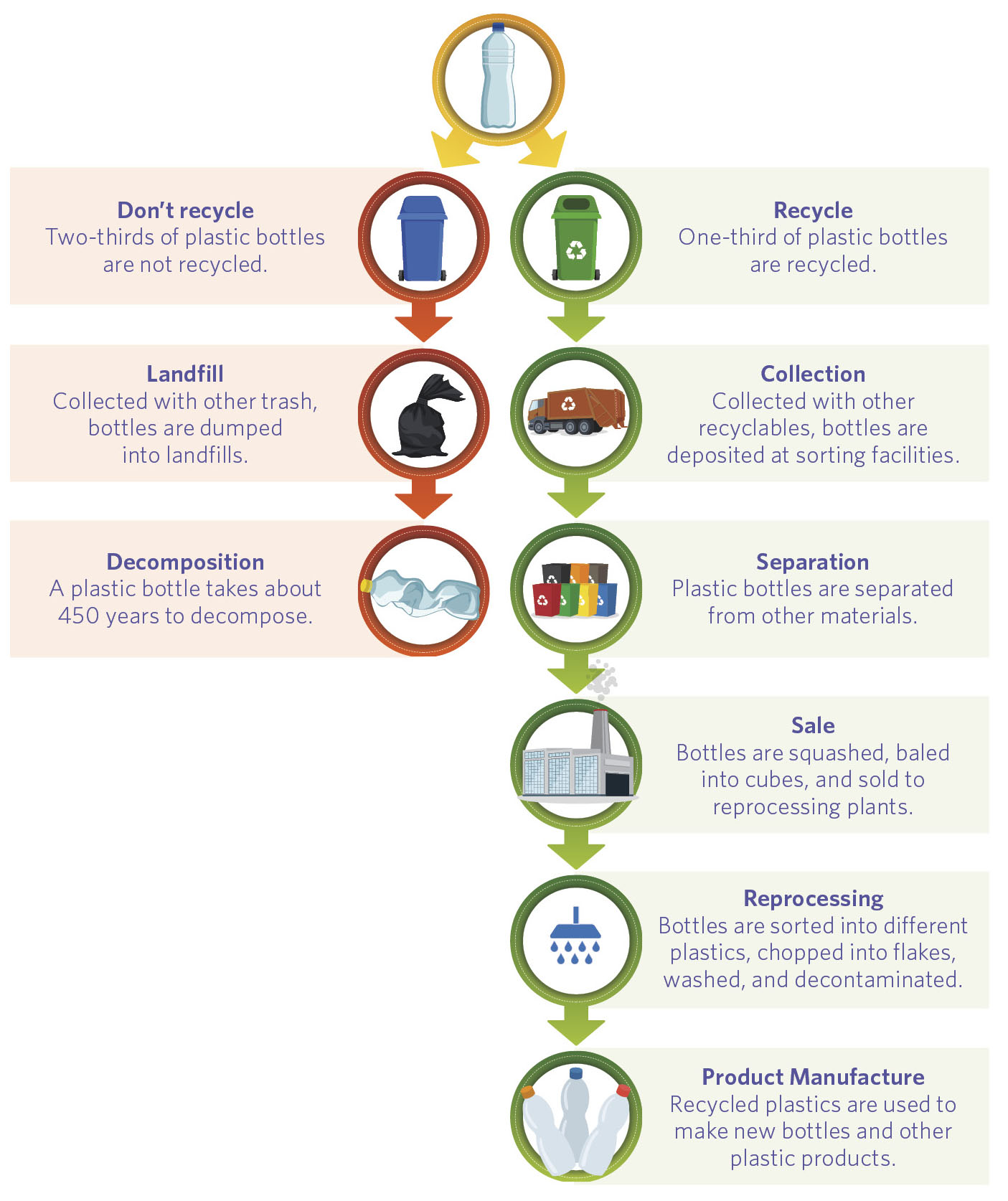Wild seabirds on Midway Island walk up to visitors, close enough to chew their shoelaces. Out here in the middle of the north Pacific Ocean, these gray and white albatrosses have no predators to fear. So they are not afraid of people, though maybe they should be. Humans are responsible for great suffering on their island. Scientists, photographers, and film crews have traveled thousands of miles to take a closer look at the disturbing evidence.
A small pile of bones and feathers marks each place an albatross has died. The body decays, but it leaves behind a startlingly colorful collection. Bottle tops, toothbrushes, pens, small toys, cigarette lighters, and other plastic trash are found where a birds stomach once was. How did this happen? Seabirds swoop to the ocean surface to scoop up small fish into their beaksand floating plastic trash too. Seabirds mistake it for food and feed it to their chicks at home. Plastic is not digestible. It crowds their stomachs, so the birds starve. Scientists have found plastic inside nearly every dead chick on Pacific islands like Midway. More than 90 percent of seabirds have eaten plastic, scientists believe.
This seabird, found on Midway Island, died from ingesting plastic garbage.
Seabirds are not the only animals that are eating these unnatural meals. To a sea turtle, a floating plastic bag looks like a tasty jellyfish. Inside their stomachs, bags trap gas and make the animals too buoyant to dive for food or escape predators. To a sperm whale, rippling plastic looks just like a meal of squid. Scientists discovered that one young whale found in Thailand had died after it ate 80 plastic bags.
To people, floating plastic trash looks ugly and depressing, not tasty. But that does not keep us safe. The same ocean that carries plastic to marine creatures is serving plastic trash back to us in our food and beverages.
Fact
Researchers off Canadas west coast in 2013 found glitter, fake snow, and bean bag filler in seawater samples. These human-made materials were part of the roughly 9,200 microplastics they found per cubic meter. This amount is like emptying one salt shaker full of microplastics into about three full bathtubs.
If plastic cant move itself, how does it go anywhere at all?
Plastics journey is full of surprises. Its path depends on small decisions people make, often without thinking. What happens to a plastic bottle once the water is guzzled? What about the plastic spoon once the ice cream is gone? Or the plastic straw once the milkshake is slurped up? Or plastic bags once the groceries are stashed in the refrigerator? Trash bins are often nearby. Finding a recycling bin might require a hunt. Each bin will take plastic on a very different trip.
Lets follow the bags or sturdy water bottles.
How can recycling keep up? The world is now producing more than 300 million tons of plastic each year. Only about 9 percent of plastic trash is recycled. For decades, the U.S. has exported one-third of its recyclable materials to other countries, mostly Asia. Much of it is not recycled because it is too dirty or not the right kind of plastic. Some is burned. Some is exported again to other countries. Eventually, unwanted plastic lands in overflowing landfills. Ever-growing mountains of trash rise in large Asian cities such as Manila, Philippines, and Jakarta, Indonesia. They do not have the technology to manage the trash of millions of residents. And for some of the plastics that land there, their journeys have just begun.
Now lets follow the path of plastic tossed into the trash. It joins leftover food and other things people throw away rather than reusing or recycling. Trucks will haul some of it away to dump at one of more than 2,500 liquids and gases from seeping into surrounding soil and air. When there is no more room for trash, the pile is covered with deep soil and planted with trees. The landfills only job is to store trash. Plastic buried in a landfill can remain unchanged for up to 1,000 years.

A Day Without Plastic
No one cares about our planet except us,
She tells young audiences around the world, There is no doubt that you too can do what I have done.
But not all plastic that is thrown away ends up in trash bins. People carelessly launch plastics into waterways where they dump trashoften illegally. Even nature itself can cause water pollution. Rainwater overflows trash cans and dumps. It carries this trash into storm sewers and onward to rivers, lakes, and oceans. Researchers estimate up to 2.4 million tons of plastic travels down rivers into the ocean every year. Thats comparable to a dump truck emptying a load of plastic into the ocean every minute.
What happens tp plastic bottles when were done with them?
Drifting plastic trash can land on shore, joining other litter pushed up by waves. Still, scientists were shocked by a discovery on a South Pacific island in 2017. The closest inhabited places were thousands of miles away. Yet scientists found that the beaches of Henderson Island were cluttered with bottles, loose caps, yogurt cups, fishing nets, broken toys, and other trash.
Henderson Island is one of the most plastic-polluted places in the worldeven though no one lives there. Plastic trash is well equipped for long voyages. This sturdy material can last for centuries. But plastic does not roam ocean currents without direction. It travels along predictable paths. A lost cargo of bath toys proved it.
Why is far-away plastic trash my problem?
A load of newly manufactured yellow plastic ducks tumbled off a container ship in 1992. Thousands were launched into Pacific Ocean currents. Over the next decade, toys landed on the shores of South America, Europe, Australia, and even the Arctic. Oceanographer Curtis Ebbesmeyer recognized a pattern. Currents in each ocean circulate water like a giant toilet. Water at the edges picks up anything floating and draws it to the center. These thousand-mile whirlpools are called gyres.
The gyre coughs up its load of plastic onto any island or shore in its way. Beaches catch an astonishing amount of this gyre-driven plastic. Of all the trash on Henderson Island beaches, an estimated 99.8 percent is plastic. This plastic has traveled far. Information printed on products sold in Hawaii is usually printed in English. But containers washing up on Pacific Island beaches are also printed in Russian, Chinese, Indonesian, and Vietnamese. Gyre motion explains how plastic got there. It also explains the next stage of plastics journey: its stealthy path into our stomachs.



